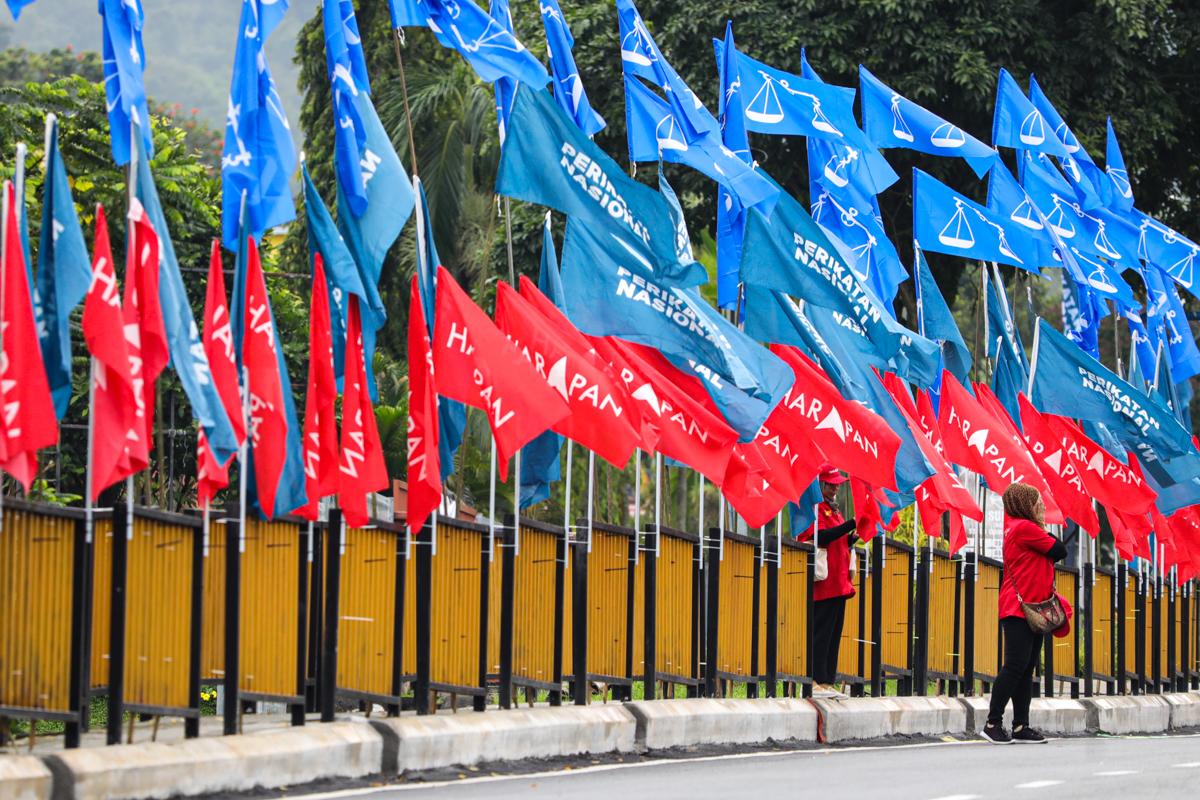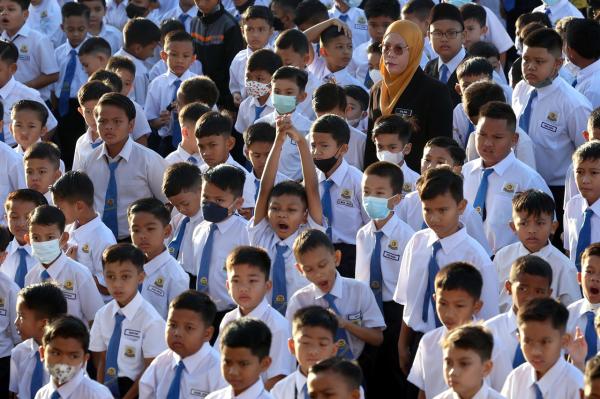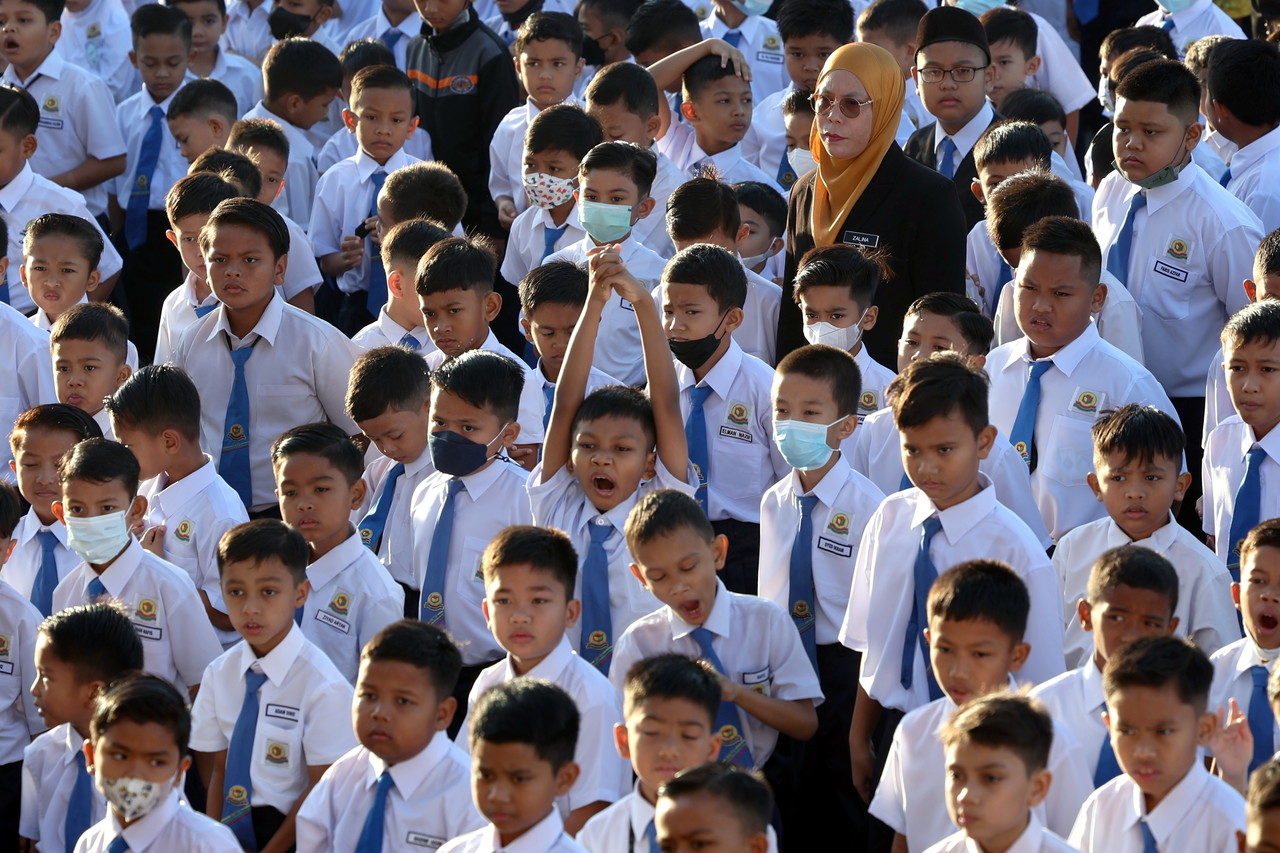SHAH ALAM, Sept 13 — Malaysia’s political stability could soon hinge on the rising influence of the Bumiputera population, a demographic bloc whose expanding numbers are set to shape future election outcomes.
This is according to political analysts, who cited the recent Statistics Department’s (DOSM) Population Projection 2020–2060 report, which revealed that the Bumiputera population is expected to grow significantly over the coming decades.
Today, the majority ethnic group already wields significant influence in polls, as seen in the 2022 general election (GE15), when Perikatan Nasional (PN) was able to secure 54 per cent of Malay support, compared to Barisan Nasional’s (BN) 32 per cent and Pakatan Harapan’s 13 per cent.
While the opposition coalition did not win the election, its strong performance in Malay-majority seats meant it was enough to trigger the country’s first hung Parliament.
PN’s strongest Malay support came from the northern and east coast states, which it now governs, including Kedah (67 per cent), Kelantan (66 per cent), and Terengganu (63 per cent), an outcome that analysts say would encourage the bloc to strategise by placing greater focus on rural and semi-urban seats.
With the Bumiputera population expected to continue rising, there is growing sentiment that the party with the strongest Malay support could hold the key to Putrajaya in the future.
The Nusantara Academy for Strategic Research’s senior fellow Azmi Hasan said the DOSM demographic projection indicates a shift in political power.
“Bumiputera voters, not Chinese or Indian, will be the kingmakers in the decades to come.
“However, we must remember the Bumiputera category is broader than just Malays. That distinction matters when assessing political implications,” he told Media Selangor.
According to DOSM, the Bumiputera population is projected to rise from 69.4 per cent in 2020 to 79.4 per cent by 2060, while the share of Chinese Malaysians is expected to decline from 23.2 per cent to 14.8 per cent, and Indians from 6.7 per cent to 4.7 per cent.
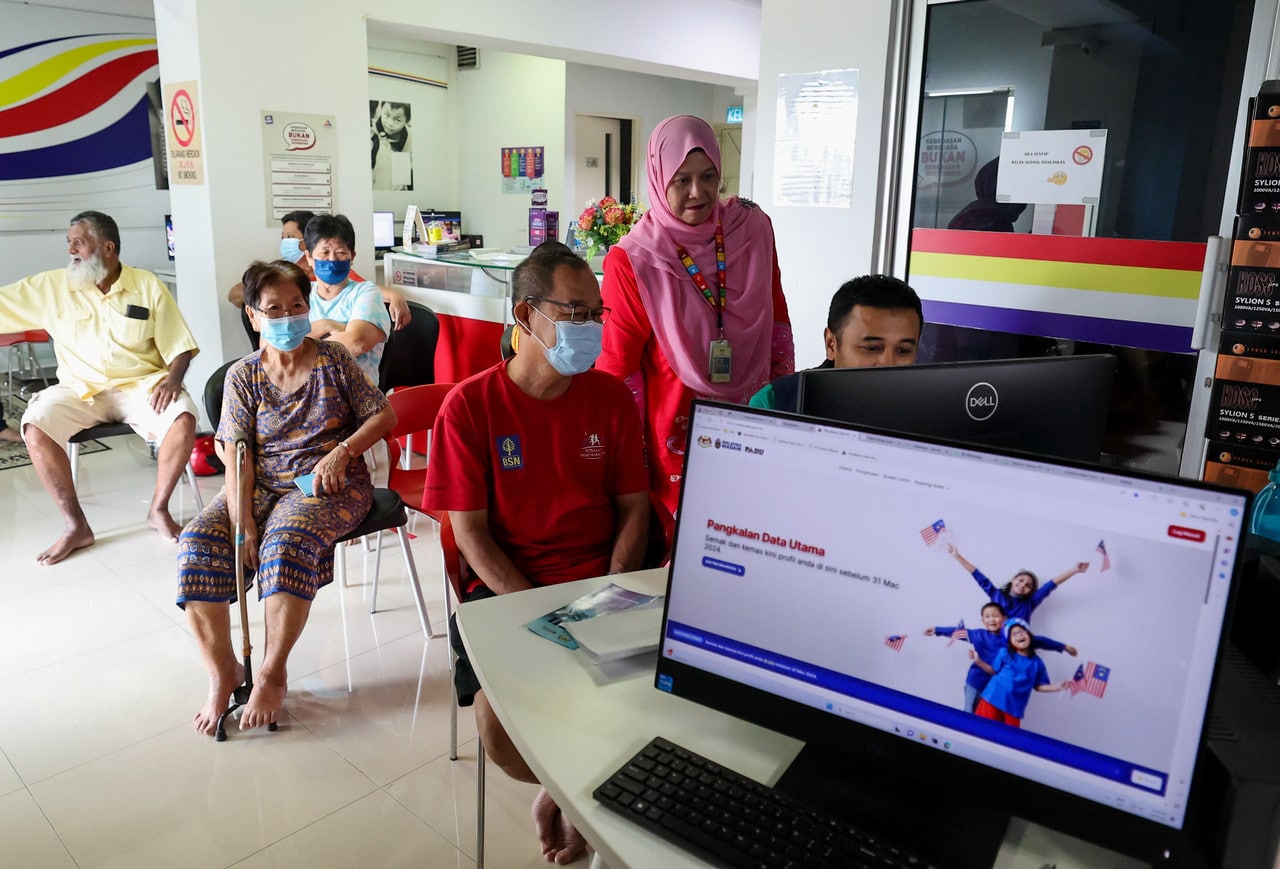
Ageing voter impact
Azmi believes this ethno-demographic shift, coupled with Malaysia’s ageing population, will impact not just election outcomes but political behaviour.
“In three decades, the median age will be around 41. Older voters tend to make more rational, predictable decisions, while younger voters are more fluid and harder to forecast.
“So, we may see two stable blocs emerge, Bumiputera voters as kingmakers, and the ageing population as stabilisers.”
Malaysia’s ageing trend is already taking shape — DOSM projects that 18.3 per cent of Malaysians will be aged 65 and above by 2060, almost triple the 6.8 per cent in 2020.
The country is expected to become an aged society by 2048, and a “super-aged” society in key urban states like Selangor, Kuala Lumpur, and Penang by 2060.
Meanwhile, the proportion of young people aged zero to 14 is expected to decline to just 16 per cent by 2060, and the working-age group (15 to 64) will also shrink from a peak of 70.8 per cent in 2030 to 65.7 per cent in 2060.
The Chinese and Indian communities, historically a significant part of the urban middle-class voter base, are projected to decline further as a share of the population, weakening their electoral influence over time.
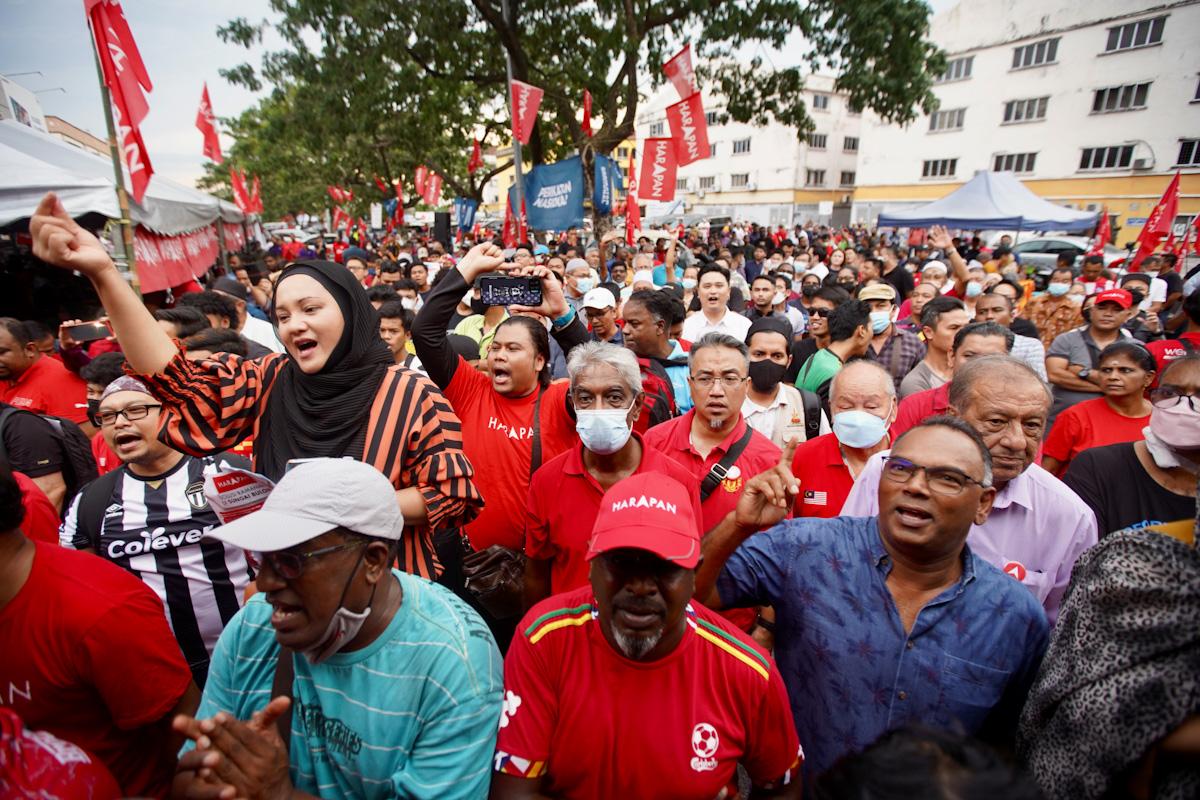
Rethinking campaigning approach
Pacific Research Centre of Malaysia's principal adviser Oh Ei Sun said DOSM’s projections mean non-Malay parties must campaign on shared, everyday issues, especially in urban seats, rather than ethnic appeals.
“Non-Malay-based parties will increasingly need to make electoral appeals that cross racial lines. Common issues such as livelihood, transport, health, and so on will need to be highlighted in order to win votes across racial divides,” he said when contacted.
Oh noted that DAP has already started integrating more Malay leaders in an attempt to broaden its reach.
However, he acknowledged that non-Malay electorates can still act as “game-changing minorities”, particularly as Malay politics remain fragmented.
“In urbanised constituencies, it is quite difficult to play race-centric cards because common challenges like traffic congestion and low incomes affect everyone,” Oh said.
His comment lines up with the result of GE15, which saw Harapan — a coalition championing multiracialism — winning the majority of urban and mixed constituencies in Selangor, Penang, and Kuala Lumpur, where racial issues are less prominent.
Meanwhile, Azmi said the fragmented outcome of GE15, which saw a unity government formed through cooperation between Harapan, BN, Gabungan Parti Sarawak, and Gabungan Rakyat Sabah, may become the new normal unless political parties find new ways to engage a changing electorate.
“The numbers do not lie. If the trend continues, the parties that fail to win over Bumiputera voters and adapt to an ageing population will simply fade from relevance,” he said.
